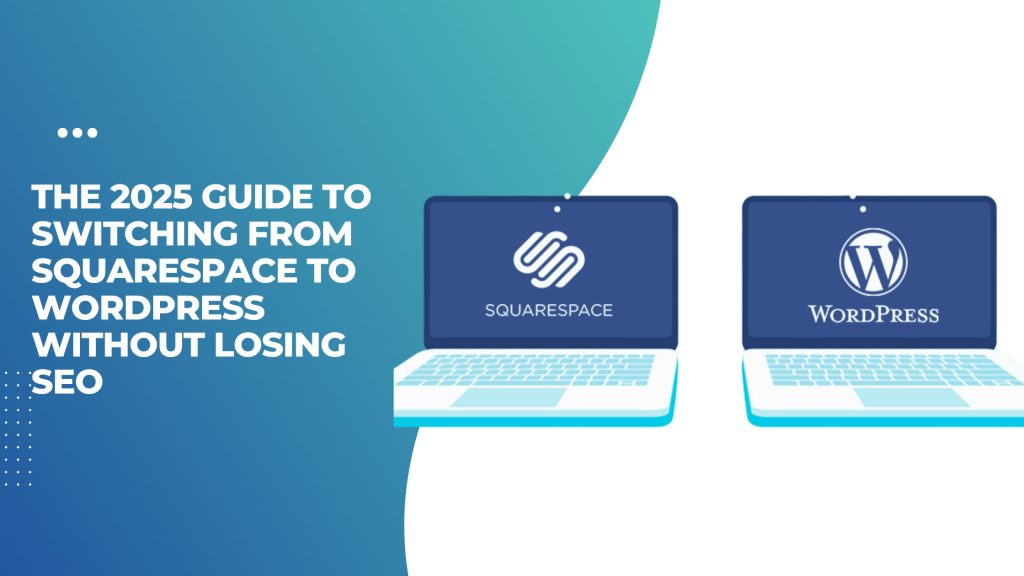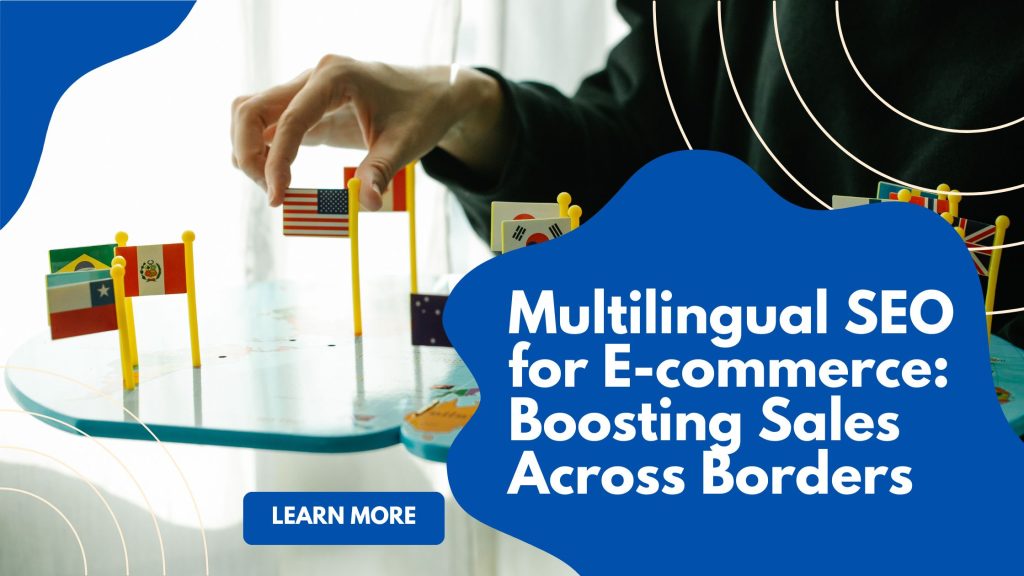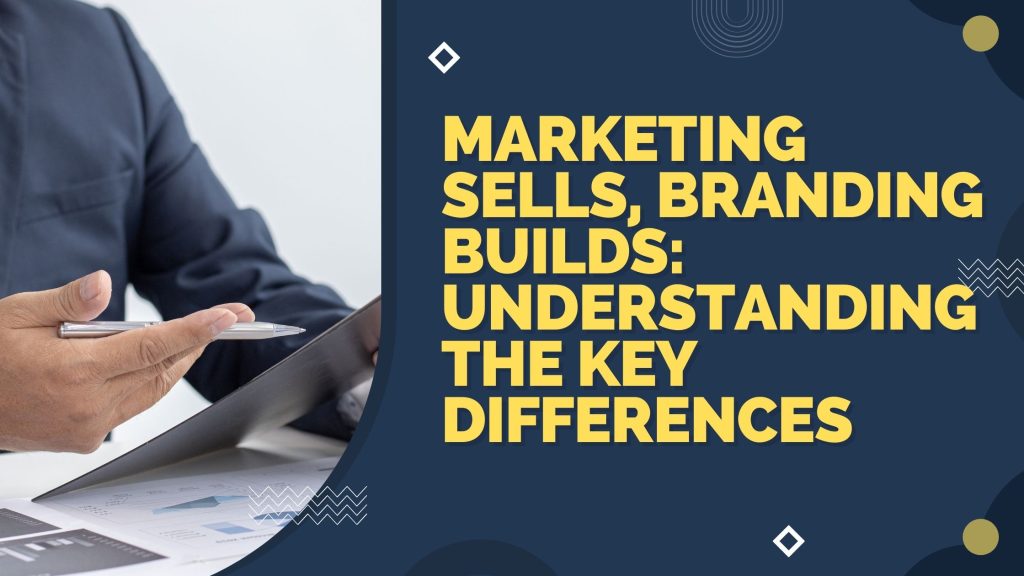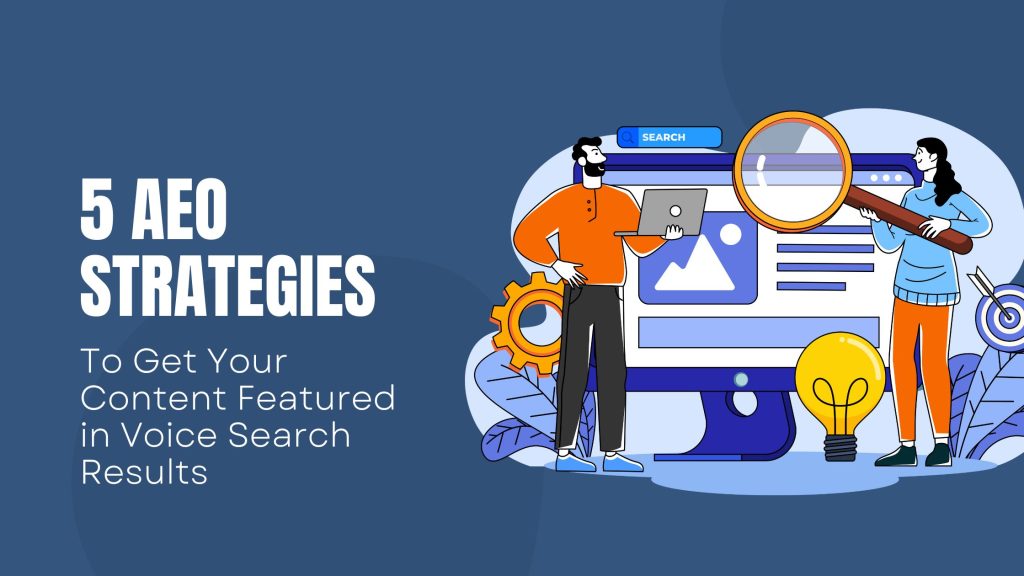As technology continues to evolve, so does the way we search for information. Voice search has emerged as a game-changer in how users interact with their devices. With smart speakers and voice assistants becoming household staples, optimizing content for these platforms is no longer optional—it’s essential. This is where Answer Engine Optimization (AEO) comes into …

Blog

If you’re currently using Squarespace for your website, you might be wondering if it’s time to make a change. While Squarespace offers sleek designs and user-friendly templates, WordPress has become the go-to platform for many businesses looking to expand their online presence. With unmatched flexibility and powerful SEO features, switching from Squarespace to WordPress can …

When it comes to developing a successful digital marketing strategy, understanding your company’s strengths, weaknesses, opportunities, and threats (SWOT) is essential. A SWOT analysis allows you to identify and analyze these key factors, which can help you make need to constantly churn out content businesses face an ever-evolving array of challenges and opportunities. To navigate …

Brand reputation is everything. It’s the foundation of your business and can make or break your company. Brand reputation is how your customers perceive you, and it affects your ability to attract and retain customers. In today’s digital age, brand reputation is One tweet, a comment on Facebook, or a review on Google can shape …

With technology evolving at breakneck speed, understanding consumer behavior is more important than ever. GEO Intelligence is redefining marketing by turning location data into actionable insights that drive results. Imagine being able to pinpoint exactly where your customers are and what they want in real time. This powerful tool has the potential to revolutionize how …

The digital marketplace knows no borders, and neither should your e-commerce business. As more consumers venture online, the demand for products and services in their native languages is rising. Multilingual SEO isn’t just a luxury; it’s becoming a necessity for brands looking to expand their reach globally. By optimizing your website to cater to diverse …

If content is king, then knowing what’s missing from your content strategy is the power behind the throne. Yet, manually identifying gaps in your content can feel like searching for a needle in a digital haystack—time-consuming, inconsistent, and often incomplete. That’s where automation steps in. In 2025, AI-driven tools and automated workflows are transforming how …

When it comes to growing a business, branding and marketing are often used interchangeably, but they serve distinct roles in shaping a company’s success. Branding is about crafting a unique identity, defining values, and creating an emotional connection with customers, ensuring long-term recognition and loyalty. Marketing, on the other hand, focuses on promoting products or …

A well-designed website enhances credibility, improves SEO for accounting firms, and provides seamless navigation for potential clients seeking financial services. Your accounting firm website is more than just an online presence—it’s a powerful tool for attracting clients, building trust, and showcasing your expertise. Website acts as your virtual storefront, making the first impression on potential …

By 2025, web personalization has become a standard, not a privilege. Thanks to the power of AI and big data, websites are evolving from static pages into dynamic, intelligent experiences that adapt to each visitor in real time. Imagine landing on a site that knows your preferences, anticipates your needs, and delivers exactly what you’re …
Cascading Style Sheets In Web Development
Cascading Style Sheets, commonly known as CSS, is a fundamental technology in web development that allows you to control the appearance and layout of web pages. By separating the presentation from the content, CSS empowers developers and designers to create visually appealing and consistent websites across different devices and browsers. Here's a closer look at CSS and its role in enhancing web design and styling:
- Style and Design Control:It provides fine-grained control over the visual aspects of a webpage. You can define fonts, colors, backgrounds, borders, spacing, and more, allowing you to create a unique and cohesive design that aligns with your brand identity and user experience goals.
- Separation of Concerns: It separates the presentation layer from the HTML structure, resulting in cleaner and more maintainable code. By keeping styles separate, you can easily update the design without modifying the underlying content, enabling efficient collaboration between developers and designers.
- Responsive Web Design: With CSS, you can create responsive websites that adapt to different screen sizes and devices. Media queries enable you to apply different styles based on factors like screen width, allowing your site to be mobile-friendly and accessible to a wide range of users.
- Layout and Positioning: It offers powerful layout and positioning capabilities. Flexbox and Grid systems provide flexible and responsive page layouts, while positioning properties allow you to precisely control the placement of elements on the page. These features enable you to create visually pleasing and well-structured designs.
- Animation and Transitions: It provides animation and transition properties that allow you to bring elements to life. You can add smooth transitions, create interactive hover effects, or design complex animations that engage users and enhance the overall user experience.
- Browser Compatibility: It is supported by all major web browsers, making it a reliable and widely adopted technology. While browser inconsistencies can still arise, CSS frameworks and polyfills help address these challenges and ensure consistent styling across different platforms.
- CSS Frameworks and Preprocessors: CSS frameworks like Bootstrap, Foundation, and Tailwind CSS offer pre-designed styles, responsive grids, and components, making it easier to build attractive and functional websites. CSS preprocessors such as Sass and Less extend CSS with features like variables, nesting, and mixins, enhancing productivity and code organization.
- Accessibility: It plays a crucial role in creating accessible web experiences. By using CSS to define proper color contrast, semantic HTML structure, and responsive designs, you can ensure that your website is inclusive and usable for users with disabilities.
As you delve into this, keep in mind best practices such as using external CSS files for better caching, optimizing selectors and styles for performance, and organizing stylesheets for maintainability.
In conclusion,It is a powerful tool that enables developers and designers to create visually stunning and responsive websites. With its ability to control styles, layouts, animations, and more, It empowers you to craft engaging user experiences while maintaining code efficiency and separation of concerns. Embrace the potential of CSS to enhance your web design and styling, and unlock the full creative possibilities of the digital realm.


